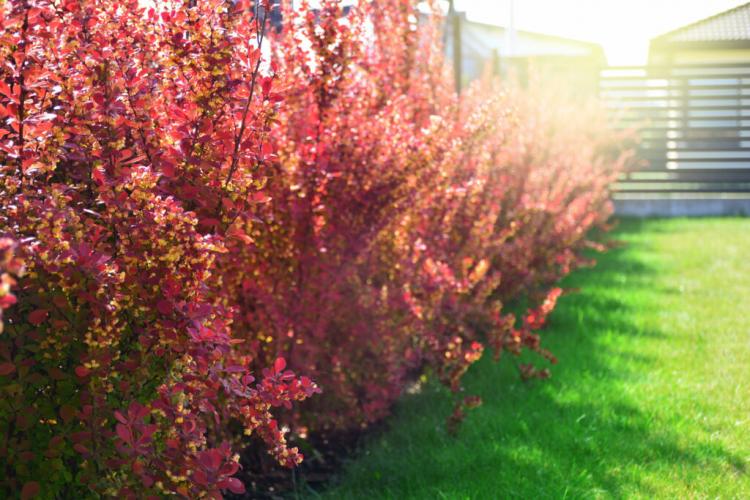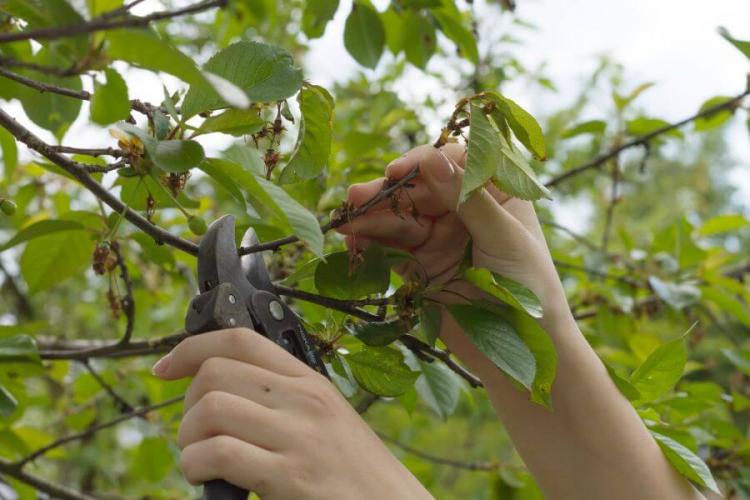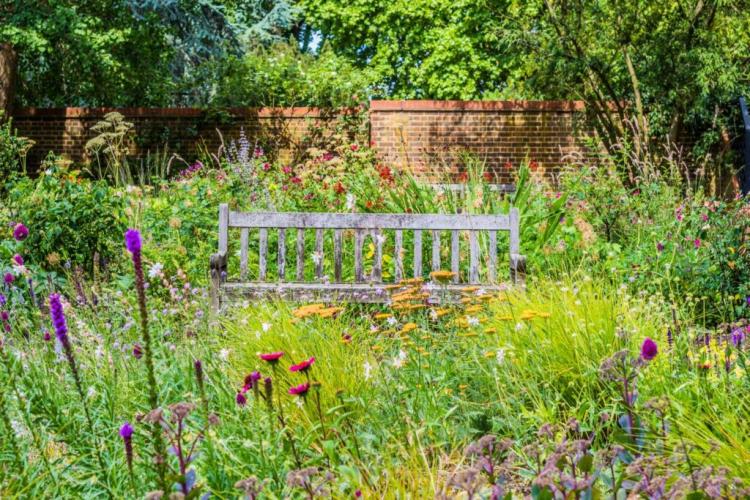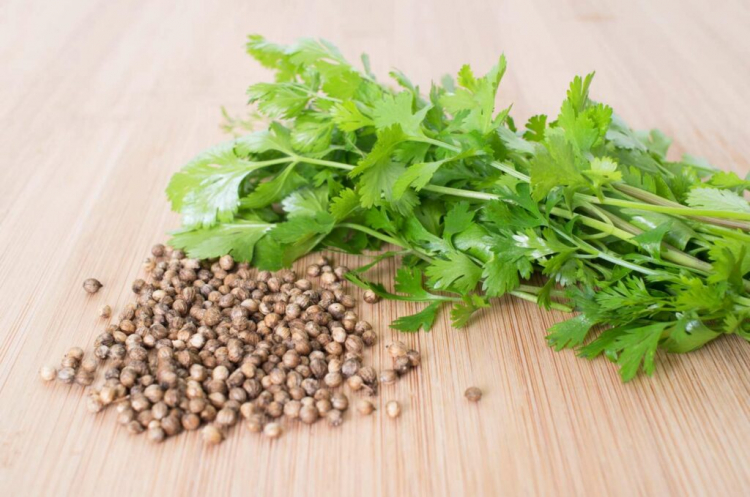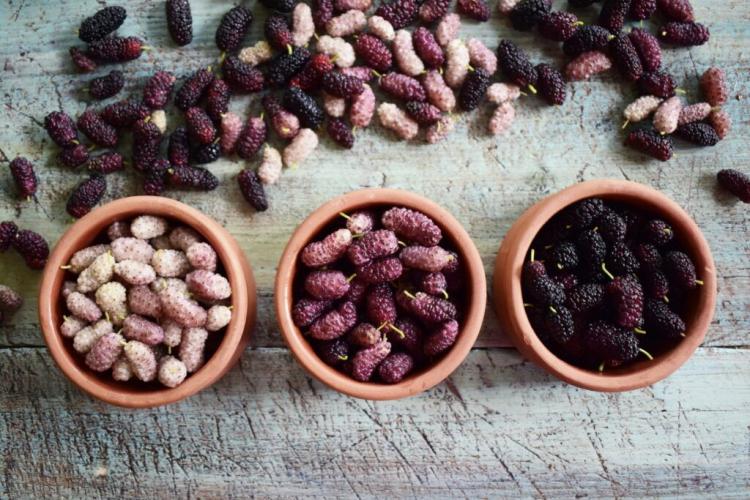Barberry Hedge: Tips For Planting And Caring For
As a privacy screen, the barberry keeps out curious glances but is still a real eye-catcher. We show how to plant a barberry hedge. Its sharp thorns keep unwanted visitors at a distance and due to its low maintenance and location requirements, the barberry is perfect as a hedge plant. Only the pruning can be a prickly affair – but the barberry rewards with robustness and bright flowers that magically attract insects.
Suitable barberry species for hedges
The barberry makes an excellent flowering hedge and shines with the fact that it can adapt well to urban climates, drought, or even heat. In addition, it is hardy, tolerates a cut without problems, and also protects against uninvited guests with its sharp thorns.
Barberries are a species-rich genus, and there is sure to be a suitable plant for every garden. While the barberry comes from very different parts of the world, the common barberry ( Berberis vulgaris ) is native to us. A hedge made from native wild bushes is not only suitable as a privacy screen, but also offers a perfectly matching range of food, hiding places, and breeding opportunities for birds, small mammals, and insects. Unfortunately, this is only the case to a small extent with exotic hedge plants such as thuja ( thuja). With a native shrub, you can make an important contribution to nature conservation in your garden. The flowers of the common barberry are very popular with bees and bumblebees, for example, blackbirds and grosbeak also find a delicious snack in their fruits.
You May Also Like Flowering Hedges
But other types of barberry also feel at home in our gardens and can be planted as a hedge. These include, for example, the blood barberry ( Berberis thunbergii ‘Antropurpurea’), which is perfect as a large hedge, or the small blood barberry ( Berberis thunbergii ‘Antropurpurea Nana’) for lower hedges. From spring onwards, both are captivating with their red-colored leaves, which shine in even stronger colors in autumn. If you don’t want to miss the foliage of your barberry even in winter, the large-leaved barberry ( Berberis julianae ) is suitable as a wide privacy screen that grows up to three meters in height and protects you from prying eyes. Evergreen hedges also form the Telstar barberry ( Berberis frikartii ‘Telstar’) and the Amstelveen barberry (Berberis frikartii ‘Amstelveen’).
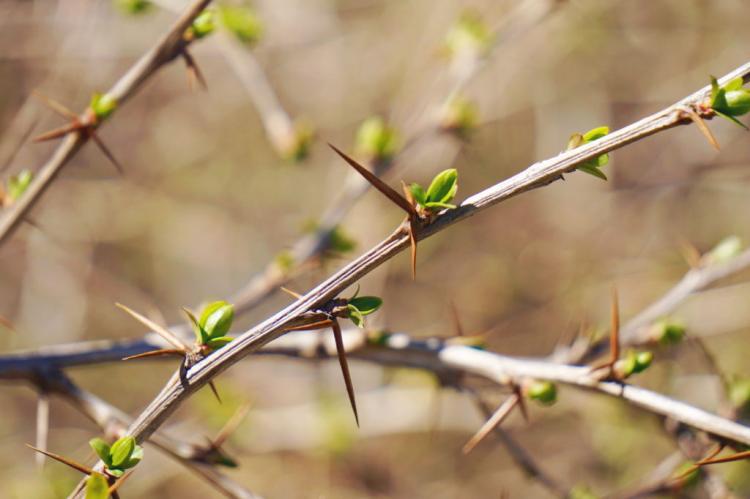
Suitable species and varieties for your barberry hedge:
| Surname | Botanical name | Height | Leaf color |
|---|---|---|---|
| Common barberry | Berberis vulgaris | 2 – 3 m | Fresh green |
| Barberry | Berberis thunbergii | 2 – 3 m | Brown purple |
| Small barberry | Berberis Berberis thunbergii | 30 – 50 cm | Dark red |
| Large-leaved barberry | Berberis julianae | 2 – 3 m | Dark green |
| Barberry Telstar | Berberis frikartii | 1 – 1.5 m | Dark green |
| Barberry Amstelveen | Berberis frikartii | 60 cm – 1 m | Dark green |
Planting barberry hedge: what you should pay attention to
Since the barberry can make do with a wide variety of locations, you are hardly restricted when choosing your hedge. The wood does not tolerate only completely shady locations or waterlogging. In addition, evergreen species prefer partial shade, while deciduous species can easily stand in the sun. Once you have chosen the location of your choice, it is advisable to first stretch a cord to dig the planting holes so that the hedge is nice and straight later. The planting hole itself should be 1.5 times the size of the root ball. In the case of nutrient-poor or very heavy or light soils, it is also worth enriching the excavated soil with compost or fertilizer to give the young shrub the best possible start.
You might so like: Barberries Plant: Caring And Planting For The Wood
Another important aspect of the new planting is the adequate water supply. The bush is therefore vigorously slurried with water immediately when it is planted and it is important to water regularly after planting until the bush has properly established itself. When planting in autumn, steady rainfall usually does this by itself, but in the event of drought, watering should be carried out regularly for a month as required. In dry locations, you can also create a mulch layer of leaves, grass clippings, or bark mulch. This keeps the moisture in the soil better, as the mulch layer reduces evaporation.
In principle, you can plant all year round, but it depends on whether you have bought container goods or bale goods. Container goods can be planted all year round, while spring or autumn are the ideal periods for bale goods. In the case of container goods, it is also important to lightly mark the roots before planting, as this promotes branching. When planting, however, it is better not to forget to wear sturdy gardening gloves, otherwise, you can quickly be injured by the sharp thorns.
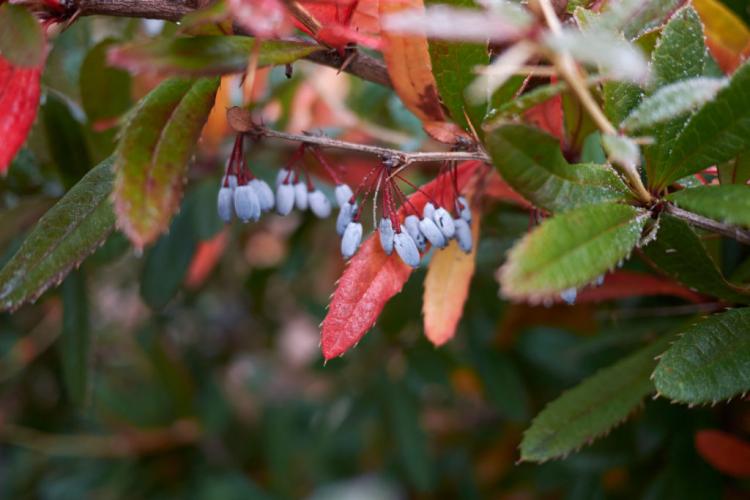
Maintaining barberry hedge: special features in care
Since the thorny shrub is a fairly undemanding plant, the care can be summarized in a few lines. If regular watering is still essential immediately after the new planting, the shrub only needs to be watered later during long periods of dryness. For the perfect supply of nutrients, it is advisable to incorporate a small dose of compost or primarily an organic fertilizer in the spring. This supplies your ornamental shrub with all the important nutrients in the long term – and without any animal ingredients such as slaughterhouse waste or horn meal.
You might so like: Elderberry: Everything About Flowering, The Best Types And Tips For Propagating
How often you have to cut your hedge depends on whether you prefer a cut hedge or a natural hedge. Near-natural hedges offer a higher ecological value and only need to be rejuvenated every two to three years. Old and annoying branches are cut back to ground level. Cut hedges are pruned once or twice a year to keep their shape. The pruning takes place here between October and March. It is important to observe this period in order not to disturb breeding animals, for example.

